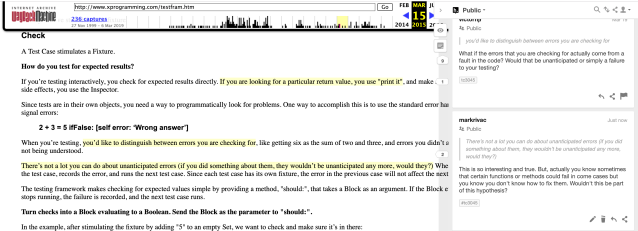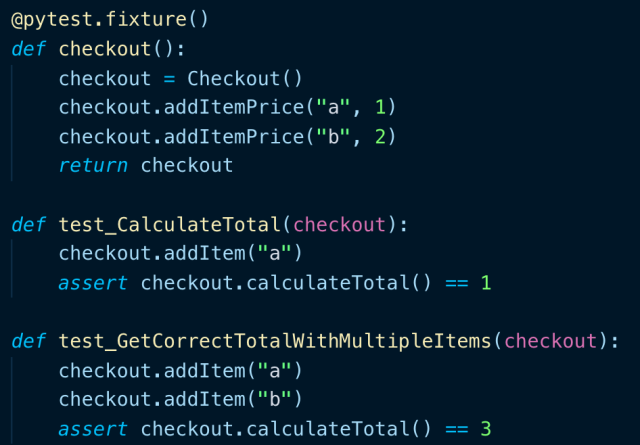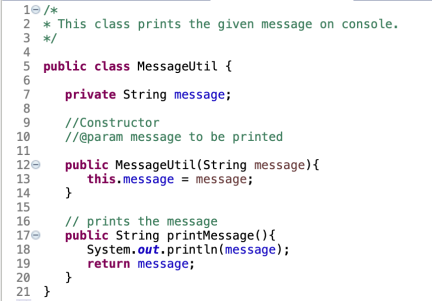--Originally published at How to HACK or not
The last month I used some of my time to learn and remember some stuff about devOps, linux, git repositories, setting up servers and the use of tools like cron. As I said some of this activities were more to remember knowledge that I mostly had in my networks classes or operative systems; but in the majority this activities were new to me, some of them I never tried them before and I have to say it was fun.
Part 1, part 2, and part 3 of my adventure learning some of devOps can be found on those links in another of my blog entries. You’re free to read them, those are short and maybe funny. I will summarize for you what you will found if decide to read the posts:
In part 1 I wrote about how wrong we are people with the concept of devOps, like it’s completely different of what we think, well not that completely but yeah no ones knows exactly what it means or what to do when working on DevOps.
In part 2 I installed a linux distribution with a virtual machine in my laptop along with python and java and some other tools to start working with DevOps, basically was setting up the environment to be able to do something.
In part 3 we started working! This was a difficult task, I had to create cron jobs, and start automating stuff of my repo using my my tiny and slow window of linux, it was fun though, but I don’t think this is something I would do for living haha.
In general I loved/hated this activities because:
- Is something a haven’t done in a while, so doing something different from what I am used to is good, it’s like relax BUT Continue reading "the end of devOps"










 . Agh, hate that I get distracted by my thoughts so easily. Okay, in the class we have worked about our final project, I don’t know if I discussed it already but you can see what’s it
. Agh, hate that I get distracted by my thoughts so easily. Okay, in the class we have worked about our final project, I don’t know if I discussed it already but you can see what’s it 